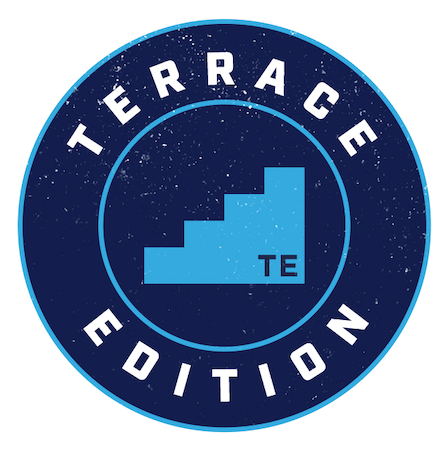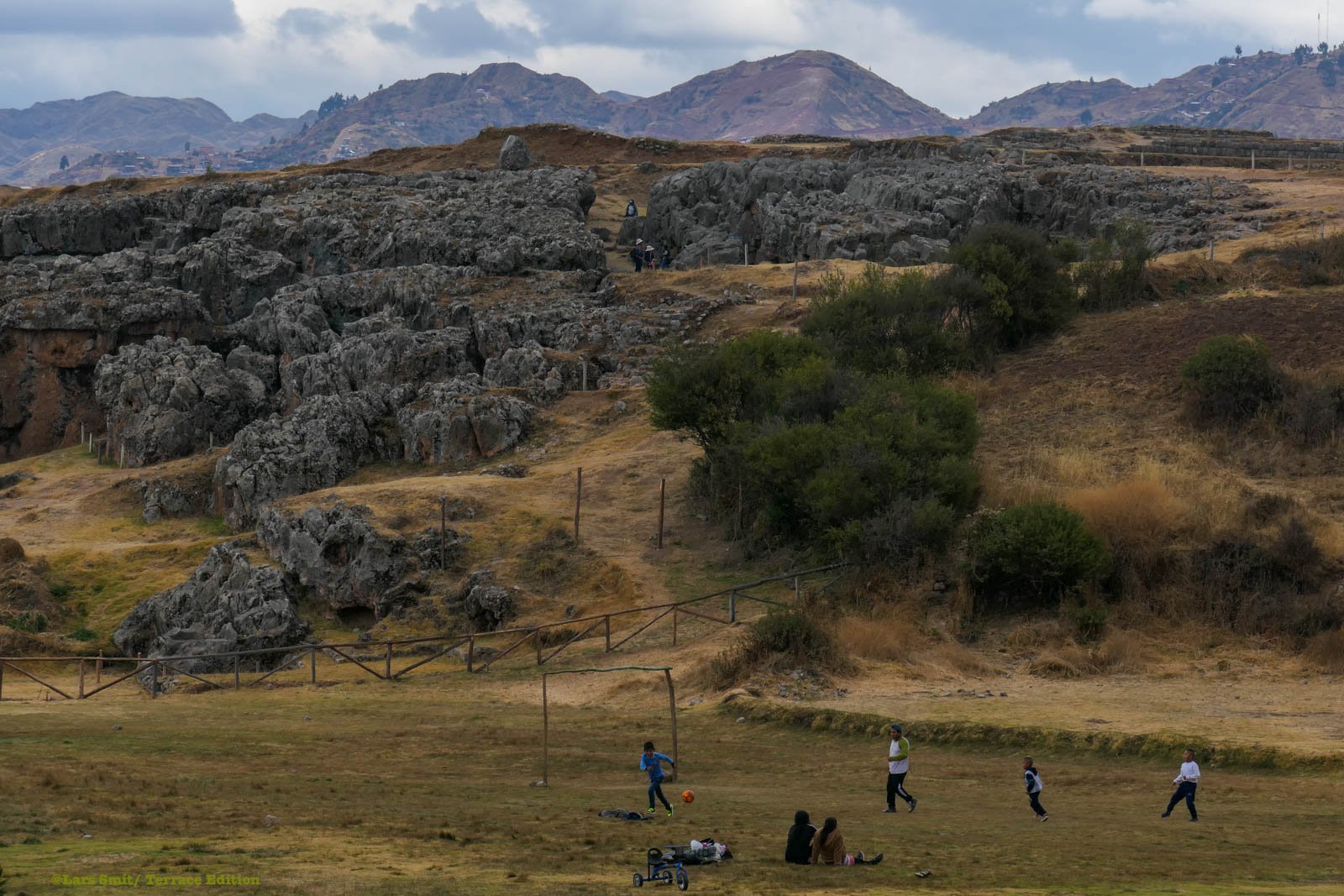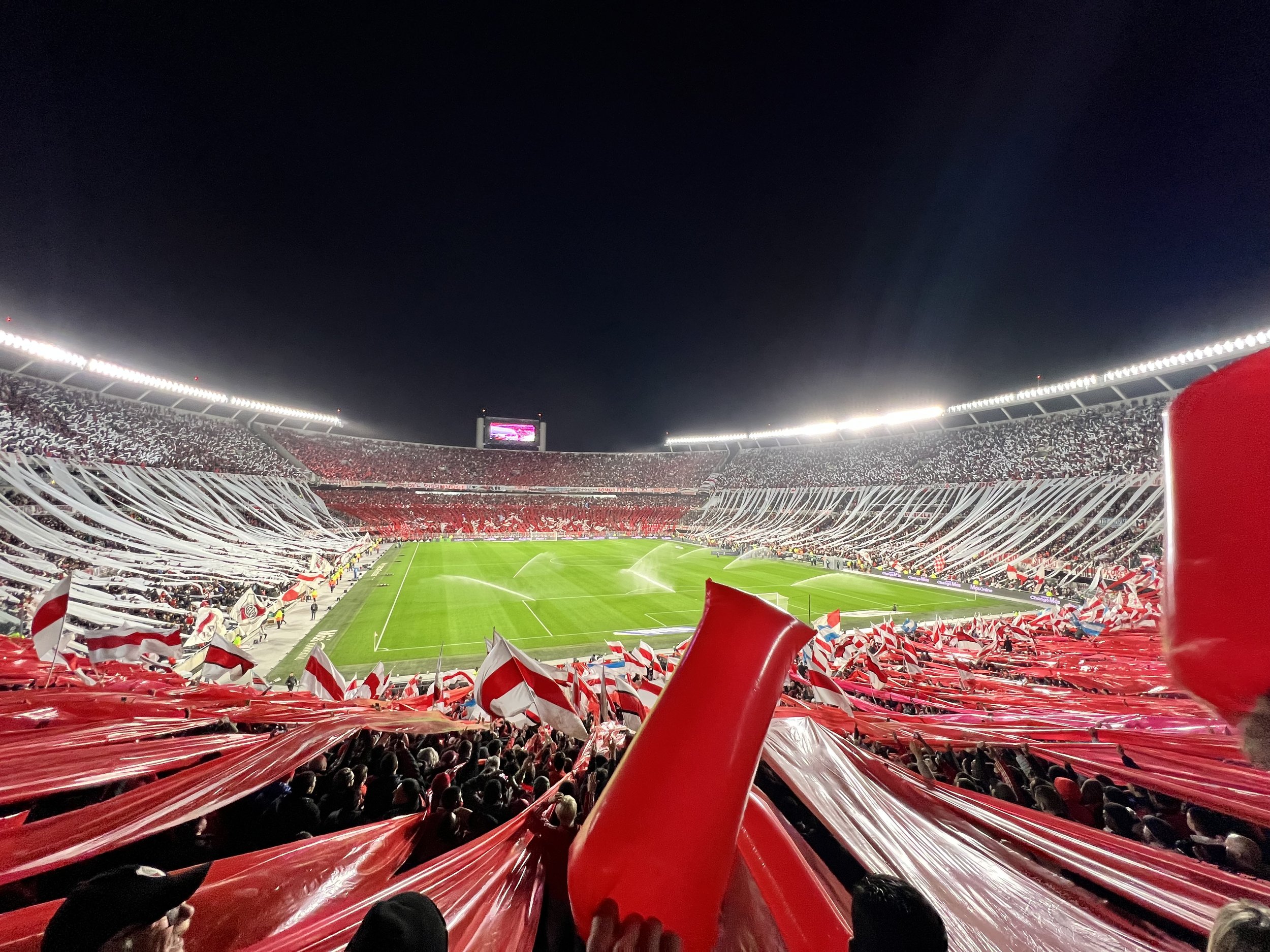La Pelota del pueblo

Words: Lars Smit
Images: Lars Smit
Cover image: Guayaquil, Ecuador.
People often say two things are certain in life: death & taxes. But when it comes to South America, I’d like to substitute the second for a much more unavoidable part of life on the continent: fútbol.
La Pelota is never far away when visiting South America. It doesn’t matter whether you’re in Peru or in Paraguay, in Cartagena or in Cuenca. Football is everywhere. From small Chilean football stores to artsy Ecuadorian museums and from the beaches of Brazil to the barras of Bolivia.
The game is intertwined with every facet of society. South America = football!
Photo 1: Local tea sellers in Asunción make little effort to conceal their preference when it comes to football clubs.
©Lars Smit/ Terrace Edition. Club Olimpia. Asunción, Paraguay.
Photo 2: The Pinacoteca Museum in Sao Paulo contains a 1968 art piece by Rubens Gerchman, depicting the struggle of a family torn between Rio giants Vasco da Gama and Botafogo, showing the power football held and still holds over life in Brazil.
©Lars Smit/ Terrace Edition. Rubens Gerchman. Pinacoteca Museum. Brazil.
Photo 3: A woman, sitting on top of the 17th-century Wall of Cartagena, watches a group of local guys have a Wednesday-night pick-up game.
©Lars Smit/ Terrace Edition. Cartagena, Colombia.
Photo 4: A giant piece in Renca, one of Santiago’s poorer communes and home to the current leader of the Barra Los Cruzados, pays tribute to a recently deceased supporter of Universidad Católica.
©Lars Smith/ Terrace Edition. Renca, Santiago, Chile.
Photo 5: A bullfighting ring and football pitch, in the Peruvian city of Ollantaytambo, lie side by side in the shadow of the Salcantay mountains.
©Lars Smith/ Terrace Edition. Ollantaytambo. Peru.
Photo 6: Small encouragements for Club Olimpia, the biggest and most successful club of Paraguay, are written everywhere in the streets of the country’s capital Asuncion.
©Lars Smit/ Terrace Edition. Club Olimpia. Asunción, Paraguay.
Photo 7: The beaches of Rio de Janeiro contain many football goals, with some sporting stunning backgrounds like the famous Sugarloaf Mountain.
©Lars Smit/ Terrace Edition. Rio de Janeiro, Brazil.
Photo 8: The streets of Manizales are filled with mentions of the local football club, Once Caldas, and their legendary 2004 conquest of the Copa Libertadores.
©Lars Smit/ Terrace Edition. Once Caldas. Manizales, Colombia.
Photo 9: Although El Alto is often dismissed as one of Bolivia’s most dangerous cities with little touristic value, it is much more than that. It’s a home for many young kids, who like nothing more than to sharpen their skills on one of the many dusty pitches in the neighbourhood.
©Lars Smit/ Terrace Edition. El Alto, Bolivia.
Photo 10: The Clásico del Astillero, the biggest match in all of Ecuador, is featured prominently on a painting in Guayaquil’s Museum of Anthropology and Contemporary Art, proving what we all know: football = art.
©Lars Smit/ Terrace Edition. Guayaquil Museum of Anthropology and Contemporary Art. Ecuador.
Photo 11: A Peruvian family makes good use of the country’s Independence Day by playing some football next to the Saqsaywaman citadel, an UNESCO world heritage site built by the Inca’s in the 15th century.
©Lars Smit/ Terrace Edition. Saqsaywaman citadel. Peru.
Photo 12: Tucked away in the corner of a seemingly random mall in the outskirts of Santiago, lies a store filled to the brim with historical football treasures, including a Leicester City pennant.
©Lars Smit/ Terrace Edition. Santiago, Chile.
Photo 13: The local children of Isla Isabela, part of the Galapagos Islands made famous by Charles Darwin, spend their Sunday night playing a 5-a-side tournament under the palm trees.
©Lars Smit/ Terrace Edition. Isla Isabela. Galapagos Islands.
Photo 14: The Argentinian striker Ernesto Farias, a crucial part of America de Cali’s 2016 promotion after a 5-year stint in the Colombian second division, is memorialized on a poster in the city centre of Cali.
©Lars Smit/ Terrace Edition. America de Cali. Colombia.
Photo 15: A giant Flamengo piece, dedicated to the legendary former captain Léo Júnior, gives colour to the streets of Rio de Janeiro.
©Lars Smit/ Terrace Edition. Rio de Janeiro. Brazil.
Lars can be found on Twitter: @LarsSmit_
He is the Chief_Editor of Dutch football magazine In de Hekken.
Their website is www.indehekken.net




















